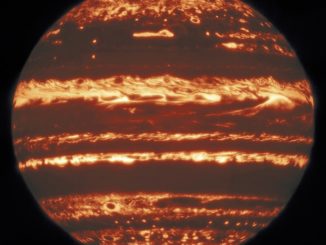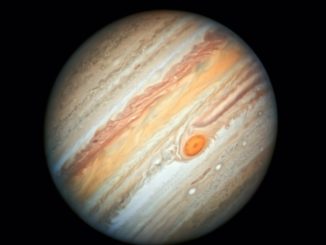
NASA’s Juno mission

Picture This

News

News

News

Picture This

Picture This

Picture This

Picture This

News

News
